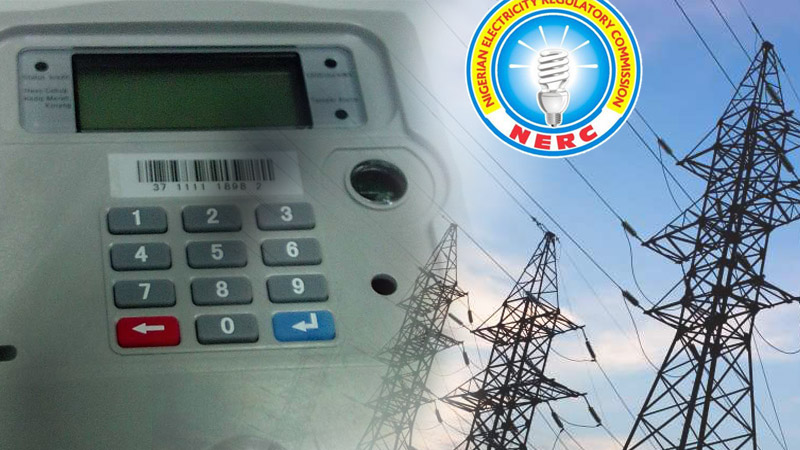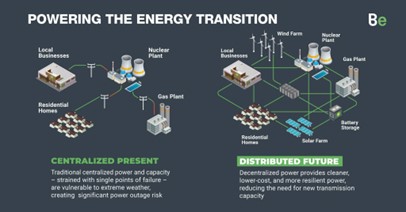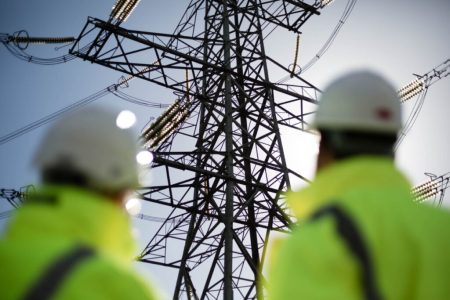
– NBET tackles GenCos
OpeOluwani Akintayo
Lagos — Association of Power generation companies has blamed current power outages being experienced across the country on the Transmission Company of Nigeria, TCN, and Distribution Companies, DisCos saying it was as a result of weak transmission capacity and inadequate distribution lines.
The GenCos reaction comes following a report published last week by SweetcrudeReports, where TCN blamed current power outages on low generation.
However, the Executive Secretary, Association of Power Generation Companies, Joy Ogaji, on Sunday, kicked against the position of the TCN.
She said, “Since 2013 when the power sector was partially privatised till date, weak and inadequate infrastructure (transmission and distribution) have continued to render inconsequential, a significant portion of the generation capacities recovered or added by Gencos through huge investments to increase their respective generation capacities.
“While the owners of the Gencos invested and increased generation capacity up to 13,000 megawatts across the country, no corresponding investment and improvements were made at the transmission and distribution ends.
“The result was the significant stranded capacity of Gencos, which ironically, Nigerians are in dire need of but cannot get.”
“This is based on the fact that TCN can only transmit what is being generated by Gencos and presently they are all generating below capacity,” the transmission company stated.
It added, “It is important to note that except cumulative power generation increases considerably for TCN to transmit to distribution companies nationwide, TCN will be left with no choice than to continue to load shed.
“We will, however, continue to work hard to ensure the efficient allocation of the total load generated by power generating stations into the grid, bearing in mind the need to ensure that the national grid is stable in spite of the challenges posed by insufficient load on the transmission grid.”
“The correct position is that TCN can only transmit the quantum of power generated by Gencos through the national grid to distribution load centres nationwide.
“For clarity, TCN does not generate electricity and therefore can only transport cumulative generation from all the generation companies nationwide to distribution load centres.”
TCN in a statement to SweetcrudeReports, had said a combination of issues ranging from gas constraints, fault, and technical problems within generating plants caused persistent low generation and consequently low load allocation to distribution companies nationwide.
However, Ogaji said the APGC rejected the claim by TCN that Gencos were to blame for the low power supply in Nigeria, as the association further stated that Gencos were also being owed billions of naira by the power market through the Nigerian Bulk Electricity Trading Plc, NBET.
“We reject any attempt to continue to extend the blame game by suggesting that Gencos are responsible for the current state of things in the power sector.”
Nothing can be farther from the truth than that,” Ogaji stated.
This is not the first time the three tiers in the electricity sector would throw stones at one another for poor performances despite huge investments and government grants.
Power distribution has been on a low side for close to three weeks now, aggravated by the over one-month scarcity of Premium Motor Spirit, popularly called petrol, in Nigeria.
SweetcrudeReports had last week, reported how 14 gas-powered generating stations were either not generating at all or had limited generation at various times within the last two months, further depleting the quantity of power generation available for transmission into the grid on a daily basis.
Power generating stations affected include Omotosho units 5 & 6, Olorunsogo units 3, 4 & 6, Omoku Units 3 & 6, Omotosho NIPP units 3 & 4, Delta units 15, 17, and 18, Afam VI units 11 & 12, Olorunsogo NIPP unit 3, Ihovbor NIPP unit 2, Sapele Steam unit 3, Sapele NIPP unit 1, Odukpani NIPP units 1 & 3, and Okpai units 11, 12 & 18.
Also, within the same period, Jebba Hydro and Shiroro Power Generating Stations were either out or had limited generation, causing additional loss of 232MW from the grid.
Other power generating plants such as Omotosho units 3&4, Olorunsogo units 1, Delta units 10 &20, Afam VI unit 13, Ihovbor NIPP units 4, Geregu NIPP units 22&23 and Odukpani NIPP units 2, 4 & 5, have also been out either on fault or for scheduled maintenance, causing a further loss of about 3,180MW from the grid.
More recently, from the 1st to 4th of March 2022, there was generation shortfall due to water management in Shiroro and Jebba hydro with the loss of 307MW and 125MW respectively from both stations.
Within the same period, there were fault and technical problems in Egbin, causing 514MW shortfall and in Geregu causing 230MW shortfall, while reported fault at Alaoji NIPP reduced generation from the substation by 263MW.
Findings showed that gas constraint alone in Olorunsogo gas generating plant reduced generation from the station by 104MW.
In the same vein, Omotosho gas lost 102MW and Sapele NIPP lost 263MW. In Omotosho NIPP, there was generation shortfall of 233MW and in Omoku a shortfall of 112MW.
Two units in Okpai had limited generation due to technical problems causing a 204MW drop in generation and in Afam VI 511MW drop in generation.
Gas constraint and fault in Olorunsogo NIPP reduced generation by 240MW, Geregu NIPP by 435MW, and Ihovbor by 142MW.
Due to gas pipeline pigging, SweetcrudeReports findings showed that Odukpani NIPP was shut down, which caused a reduction of generation by 575MW.
However, Ogaji explained that capacity utilisation in any market was often used as a measure of productive efficiency, adding that decisions about investments in power generating capacity were dependent on expected returns and costs.
“The persistence of this anomaly over these years compelled Gencos to begin to question the commercial reasonability of continued investment in recovery or expansion of generation capacity that would end up being stranded and not utilised to transmit and distribute electricity to end-users who are yearning for same,” she stated.
But the NBET disputed the figures quoted by the Gencos, saying only companies with active gas supply and transportation contracts were paid for unutilised capacity.
The Head, Corporate Communications, NBET, Henrietta Ighomrore, said the claims by Ogaji that the Gencos had the capacity to generate 9,000MW was not accurate as inspections by NBET showed that the capacity does not exist.



